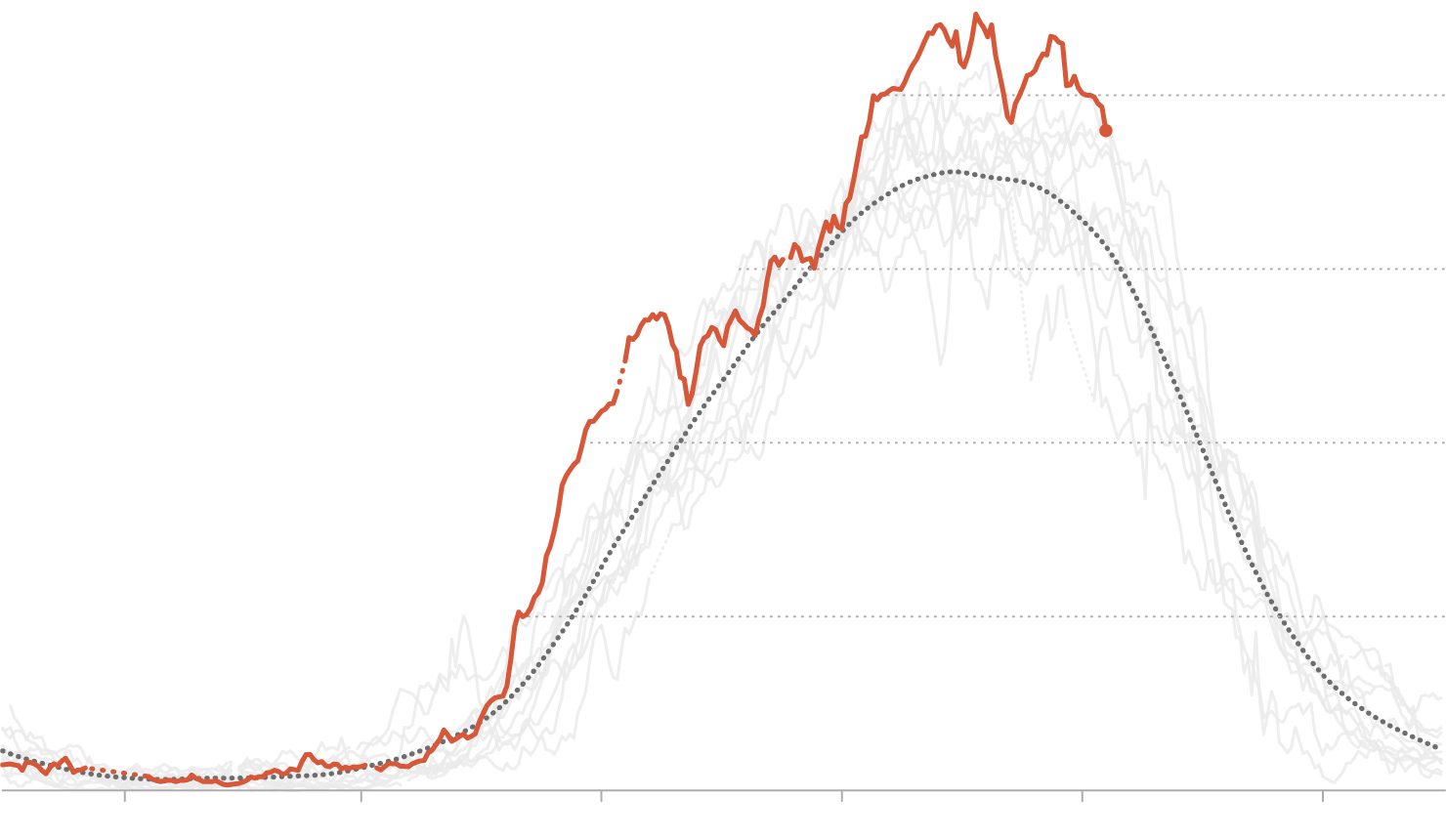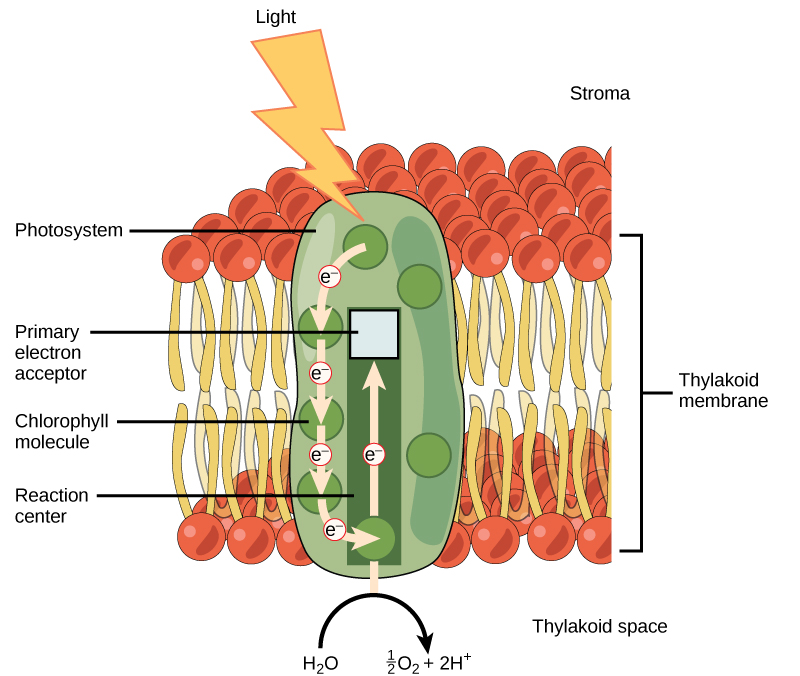BIOLOGY in the FALL semester, with MR. CLARK
email: bclark@petk12.org
Click here to jump to current week
Week of Oct 07
note: This website starts here since this is when Clark learned how to use WordPress. Previous assignments can be found in Google Classroom.
Learning Objectives for the week
Ctenophores as a new phylum to consider
Concentration as a mass ratio.
Percent mass of compounds
New Assignments this week:
- rocks in oman (click here to read the original article in the New York Times)
- percent mass with bbq oysters_fall24. Students followed along with Clark’s discussion. Homework is to go back and write the sentences which explain each step in the process.
Click here for student notes:
Click here to see student notes
Earlier in the semester we discussed various phyla and this week students were introduced to a new phyla, Ctenophora.. This weeks news item prompted the discussion, that these creatures can merge the bodies and nervous systems into one.
Also discussed, was how we discuss concentration; Carbon Dioxide in the atmosphere, salt in the ocean, etc. and worked with the definition of a mass ratio into common terms like ppm (i.e., CO2 levels are now above 430 ppm).
Towards the end of the week, we discussed both percent mass (i.e., how much Carbon is in Carbon Dioxide?) and the pH scale, which is a measure of how many Hydrogen ions are dissolved into water (along with the oceans changing pH due to to much CO2 in the atmosphere).
In parallel to the above, we’ve been watching the documentary; Chasing Ice.. (this week, the middle of the film, showing how we use Ice cores to measure past levels of CO2 in the atmosphere and global temperatures. (the data set goes back 800,000 years!)
Week of October 14
Learning Objectives for the week
Mass extinctions results in new Geologic Periods and Eras.
How carbon cycles in the short term vs how carbon cycles in the long term.
New Assignments this week.
- In-class reading: Permian extinction
- Click here to see the original article from National Geographic
Note Test 2 is NEXT WEEK!! Next Thurs/Friday
Click here to download the review guide for test 2_carbon and related
See students notes from the week here
Clark was out on Monday so students read/annotated the article on the Permian Extinction. When Clark returned, he reviewed the basics of how to determine and use percent mass of an element within a compound. (he walked through the steps to determine how many pounds of Carbon Dioxide would be produced if one burned one pound of Propane).
Also discussed, was the last piece of the carbon Cycle conversation, which was to highlight that most of the worlds carbon is NOT in the atmosphere, but instead located in the rocks of the Earth’s Crust (Limestone, Coal and Chalk formations).. as shown here.
After discussing global warming due to continued, excessive Carbon emissions by humans, students read about past events in which mass extinctions occurred due to global warming. At present, we are headed towards another mass extinction event due to this round of global warming and the naming of a new period in Earth’s history tentatively called the Anthropocene.
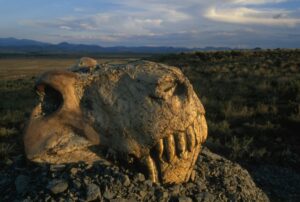
A dinogorgon skull protrudes from a rock with the South African scrubland in the background.
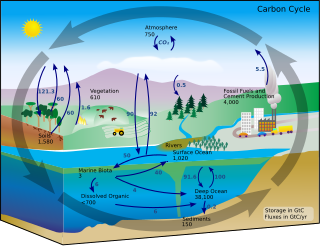
A simplified view of the Carbon Cycle
Week of October 21
Learning objectives for the week.
- Heat as a form of energy and how to use the Heat Equation.
- Review of Trophic Levels in ecosystems and how energy is lost as one moves ‘up’ through the food chain.
New Assignments this week.
-
- energy density of corn chips_burning lab_fall 24
- Video: The Biggest Little Farm (students took notes highlighting the trophic levels, the food webs and the predator prey relationships.
See below for students notes from this week
TEST ON THURS/FRIDAY! review guide for test 2_carbon and related
This week began with students being introduced to energy as a concept: the ability to do work. Also reviewed, was the idea that combustion reactions (of wood and related) is simply photosynthesis in reverse. with this in mind, we considered the ‘energy of chemical bonds’ which is release during combustion. Students then burned corn chips in specially designed Thermal Energy Containment Systems (TECS) to capture heat in beakers of water to calclulate the ‘energy density’ (j/gram) of Cornships.

Related discussions and links of interest this week.
UC Davis, college of Environmental an Agricultural Sciences.
Week of October 28
Learning objectives for the week.
- What is your ‘carbon footprint”?
- What does ‘overshoot” mean?
- What is a hectare?
New Assignments
Note: the unit test will be THIS COMING WEDNESDAY/THURSDAY.. review guide
This week began with checking in on the EcoBottle Project from a few weeks ago.. which ones look good and why? We then revisited climbing CO2 levels and reflected on the video from the previous week The BIggest Little Farm and highlighted some of the factors that allow farms like that to remove carbon from the atmosphere instead of putting CO2 into the atmosphere.. (Carbon Sink vs Carbon Source)..and introduced the concept of Regenerative Farming practices..
we then stepped into the new topic of the day, determining one’s Carbon Footprint. (see assignment at left).
Week of Nov 04
Learning objectives for the week.
New Assignments
- Phosphorus_brachiopods and evolution_student edition with questions_fall24
- Group research project: Research an ‘interesting bacteria’.
- In small groups (1-4).. students:
- identify an interesting bacteria (note: NOT a virus!). and please TELL CLARK FIRST SO WE DONT Have duplicates!
- Where it lives
- How it lives
- A couple of photos of the bacteria (one of the outside, one showing the structures of the INSIDE)
- Why it is interesting
- Note: you will present to the rest of the class .. not hand in a paper!
This week introduced to students to Cellular Biology. We began with a discussion of the first, living Cells on Earth and how they might have formed, reviewed what things must be true for a cell to be alive and introduced the concept of the three, types of cells (Domains).
Student notes.
- studentNotes_11.06.24_intro to cells_1
- studentNotes_11.06.24_intro to cells_2
- student notes_11.07_intro to cells (1)
- student notes_11.07_intro to cells (2)
Week of Nov 11
Learning objectives for the week.
- How to use a microsope
- How to identify cells with Nuclei (cheek cells)
- The evolution of Eukaryotes and how the changing geology and climate shaped the evolution of early life.
New Assignments
- Microscope lab (how to use and examining cheek cells)
- Video: Snowball Earth. Snowball earth and the rise of eukaryotes ( Associated Student question sheet: Snowball earth_rise of eukaryotes)
- note: For students who missed the film, please take one page of notes on this website describing the Snowball Earth.
- egg membrane lab and osmosis
Monday was Veteran’s day. The first days back we passed back and reviewed the test from the previous week. Students were reminded that we will have a final exam which will include topics/questions from previous tests..
Lab: Into Microscope and how to use them. Once students mastered how to locate and focus, we attempted to view cheek cells, stained with a dye to highlight cell walls and nuclei.
Video/discussion: BBC, Earth; the Snowball Earth which highlighted how roughly 700 million years ago, the entire planet was covered with ice which, when it melted, led to the rise of multicellular life.
Discussion: Evolution of cells from Prokaryotes into Eukaryotes, and an introduction to organelles (cell nucleus, ribosomes, vacuoles, flagella, DNA, cell-membranes, psudopoda, and an introduction to ‘advanced’, single celled creatures including: Amoeba, Euglena and Diatoms. (note: these video clips introduced a variety of terms used to describe how these cells move, eat, operate, etc.).
Lab: Introduction to the cell membrane and what a semi-permeable membrane does. Today was day 1 of the handout. egg membrane lab and osmosis
Week of Nov 18
Learning objectives for the week.
- The differences between Prokaryotes and Eukaryots
- the concept of cell organelles
- The principals of Osmosis
New Assignments
- Article: glaciers melting in the Andes lead to acidified water
- (click here to see the original story in the New York Times)
Student Notes from this week
This week continued with our tour of interesting, single-cell creatures such as Stentors, but then jumped into cool, super-small Multi-cellular creatures such as Rotifers and Tardigrades..
We then picked up with our lab from last week, exploring the semi-permeable membrane of (chicken egg) cells.. and introduced the concept of Osmosis and the Osmotic Pressure Differential. (on day 2 of this lab, students found that the calcium carbonate shells had dissolved leaving the exposed cell membrane and eggs swollen by the absorption of a huge amount of water) . Students then placed these eggs into a bath of Karo Syrup, which should pull the water back out.
Week of Nov 25= Thanksgiving week off!
Week of December 02
Learning objectives for the week.
- Introduction to cell organelles.
- Evolution of Earth’s atmosphere.
New Assignments
- Animal-Cell-Worksheets-Labeling. (with Clark’s guidance and by watching this youtube clip on cell structure, students began to identify structures and describe their functions.
- Earth_atmosphere questions written to follow along with the discussion in the BBC documentary titled Earth Atmosphere.
- note: For students who missed the documentary (its on Amazon Prime but you must pay to view it).. you can review this website on the evolution of the Earth’s atmosphere and take one page of notes instead.
- Microscope lab part II. Examining plant cells.
This week introduces cell orgenelles beyond the cell membrane. There are a variety of organelles in every cell, each with a specific function. There are many new terms and ideas, so we will spend a couple of weeks taking our time to go through them, and doing other activities along the way to keep the class interesting. This discussion was centered on these three video clips. 1). Structure of a cell 2). Harvard Animation of a white blood cell being attracted to a site of injury and 3) a close up of a modern, super micro-scope highlighting the latest, high-tech microscopes.
Also, early in the week we also watched the BBC Series Earth, the 4th episode titled Atmosphere, which traces out the evolution and development of the Earth’s atmosphere and how life evolved with it. First and foremost, is the evolution of Cyanobacteria, which completely changed the atmosphere and led to a whole new series of chemical reactions due to the ‘oxidation’ of various minerals.
Discussion: Intro to cell division. Meiosis and Mitosis. With the Animal Cell Structure worksheet including the organelle called the Centriole, we began a discussion of what that organ is and what it does. Centrioles are used by cells during cell division, to ‘reel in’ the chromosomes so that each, new cell can have its own complete set. Along the way, the terms Genome, Gene, Chromosome etc. are all introduced.. including the first pass at the process called Meiosis. See the human Karyotype
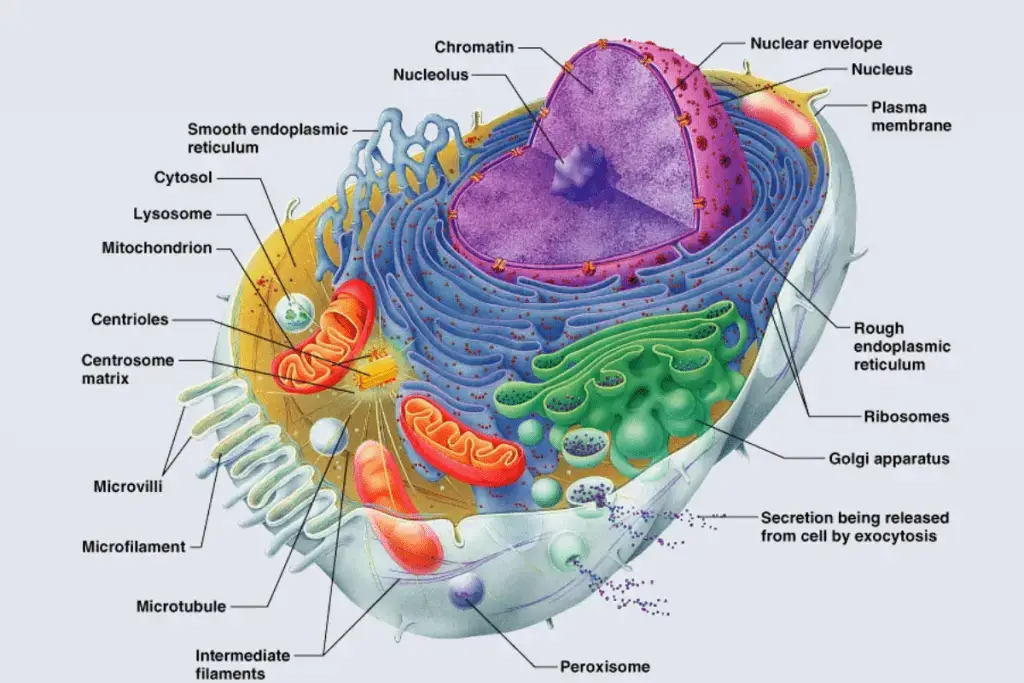
- Website showing structure of the cell with closeups of various structures and organelles.
- The connections between the brain and the digestive tract, and how microbiota act to influence the brain
- The importance of the Gut Microbiome
Week of December 09
Learning objectives for the week.
- review guide for Final exam_fall24
- Photosynthesis ‘light and dark cycles’.
- Oxidation and Reduction as chemical processes.
- How the ‘great oxidation’ changed the land and the oceans.
This week introduced students to genetics. Key terms such as Genome, chromosomes, genes and the genetic code itself were introduced. To start off, students watched the film GATTACA which imagines a future of genetically engineered humans becoming a new, elite class.
This week’s lab is designed to introduce students to Oxidation and Reduction reactions, which are central to all of cell biology and the chemistry which takes place inside cells. The Light and Dark cycles of Photosynthesis are two examples.
Students followed along using this photosynthesis_Light cycle chemistry_graphic organizer

